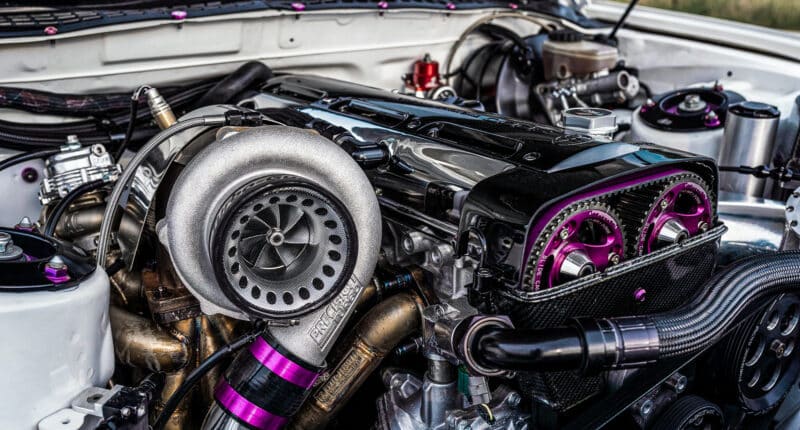Toyota’s 2JZ engine is revered among automotive enthusiasts from all corners of the world, and over the years, it has become a cornerstone of high-performance builds.
It gained fame for its use in the 4th-gen Toyota Supra, but the 2JZ is so capable that enthusiasts have been known to fit it under the hoods of project cars from other manufacturers, such as the BMW 3 Series.
If you find yourself in a position where you have to decide between doing a 2JZ-GTE build yourself or buying a finished 2JZ crate engine, this article is for you.
The easiest option is to hop on the internet and look for a 1000 hp 2jz for sale, however, that option does come at a cost, so let’s find out if it’s actually worth it.
Let’s delve into the world of 2JZ long block crate engines and explore what makes them stand out, how they are built, and their immense potential.
What Is a 2JZ Crate Engine?
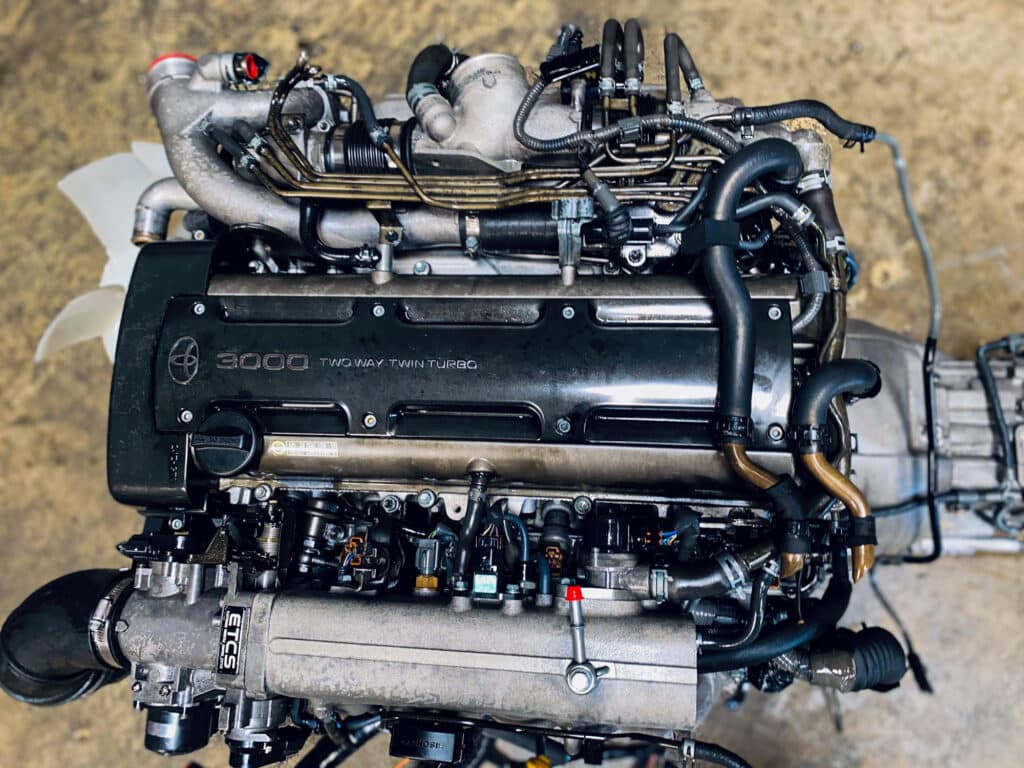
The 2JZ crate engine refers to a Toyota 2JZ-GTE engine that is sold and packaged as a complete unit, or “crate,” ready for installation in a vehicle. These can be bought as either short block or long block.
Whether it’s a 2JZ long block or short block actually has nothing to do with the size of the engine. A short block basically refers to the block along with the internals, whereas a long block is a short block plus the head.
A 2JZ crate engine allows enthusiasts and tuners to acquire a complete, and often performance-enhanced, version of the 2JZ-GTE, whether it’s for engine swaps, custom projects, or to replace a blown engine.

It’s a convenient way to get your hands on a fully built 2JZ without having to source individual components, as they often come with various upgrades, modifications, or tuning options, depending on the supplier or builder.
A typical spec sheet for a fully built 2JZ crate engine that’s capable of producing around 1000 hp might look something like this:
- ARP head studs
- ARP main studs
- BC 272 cams
- BRE billet tensioner
- BRE/diamond pistons and rings
- BRE 2JZ GTE street/strip head
- Gates timing belt
- Golden Eagle cam gears
- GSC valves
- Manley H-beam H-Tuff Rods with ARP 2000 bolts
- Manley springs
- MLS head gasket
- OEM 2JZGTE block — fully machined
- Viton valve seals
- Wet sump oil system with Toyota/ BRE oil pump
If you are planning to go down this route, and you’re looking for a built 2JZ engine for sale, you should also keep in mind that certain important parts are not included.
Parts such as the intake, exhaust manifold, and turbocharger or supercharger, all need to be sourced as well, and a standalone fuel management system is also required.
Building and Tuning a Toyota 2JZ Engine

Few, if any, engines enjoy such a vast selection of aftermarket parts as the Toyota 2JZ-GTE.
However, this can be a double-edged sword, as it may potentially make it more difficult to find out which parts are needed to reach the goals of your particular build.
Since this article is about 1000 hp 2JZ engines, the list in the previous section gives you a hint as to what’s needed.
There are obviously lots of different ways to go about building a 1000+ hp 2JZ-GTE engine, but there are some “rules” to adhere to when you turn the 2JZ into a high-performance powerhouse.
At this point, we’ll just assume you’ve already sorted out all the basic performance upgrades, and we’ll focus on the next-level stuff.
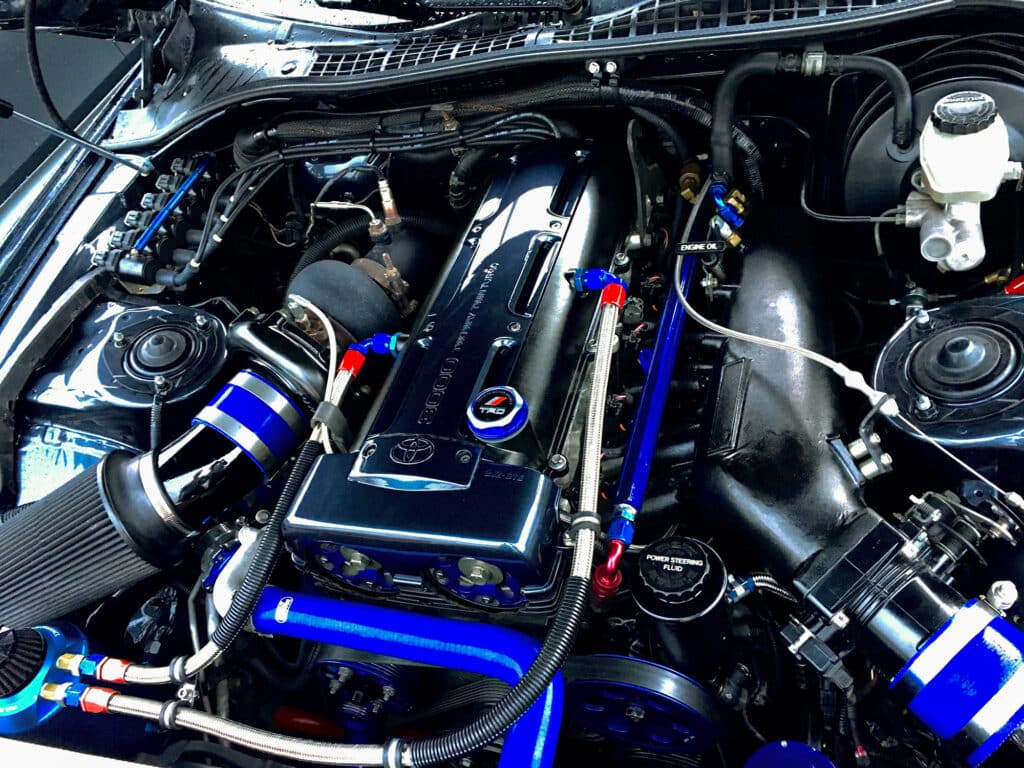
Builders often start by reinforcing the internals for added strength, crucial for handling the increased power and torque.
Aftermarket components, such as stronger pistons, connecting rods, and a forged crankshaft, contribute to the engine’s durability.
The stock internals can handle around 750-800 whp, anything above that, and you really start pushing its limits. They can perhaps deal with more, but it’s a gamble, and we’d rather be safe than sorry.
Achieving 1000 horsepower usually means replacing the factory biturbo setup with one massive turbo. A larger, more efficient intercooler is also required to ensure the engine receives cooler, denser air for combustion.
Head work is another thing some engine builders would deem a must at this stage – porting, polishing, new valves, valve springs, etc.
Consider buying the right tools for engine stud removal. Many wheel stud replacement tools are equally suitable for this job.
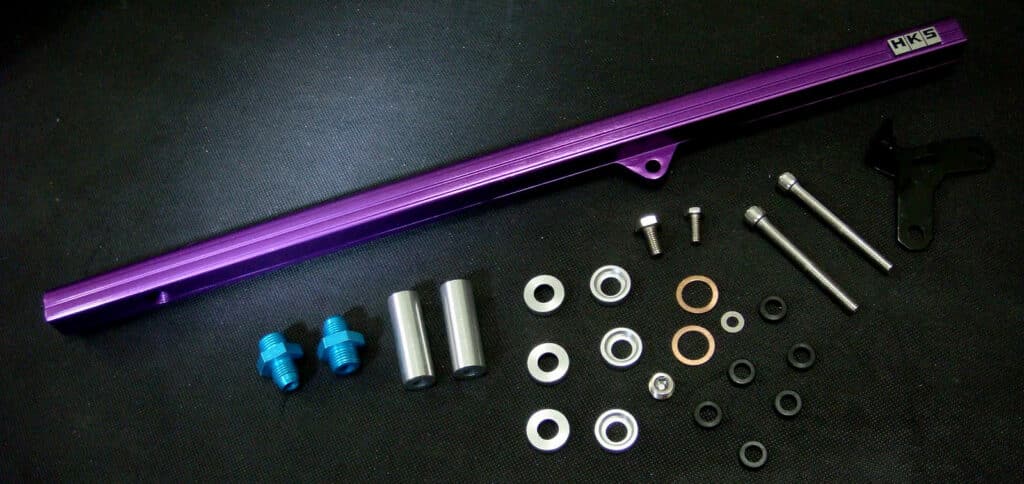
High-horsepower engines demand a robust fuel system consisting of bigger injectors, a high-flow fuel pump, and a standalone fuel management system from companies such as Haltech, Motec, Holley, FuelTech, or similar.
For power figures in this range, methanol, E85, or race gas is a good idea. Once that’s done, the engine needs to be properly tuned and dyno-tested.
This step is critical when it comes to extracting maximum power while maintaining reliability.
It’s probably not among the most reliable Toyota engines, but when you’re packing this much power, you won’t even care.
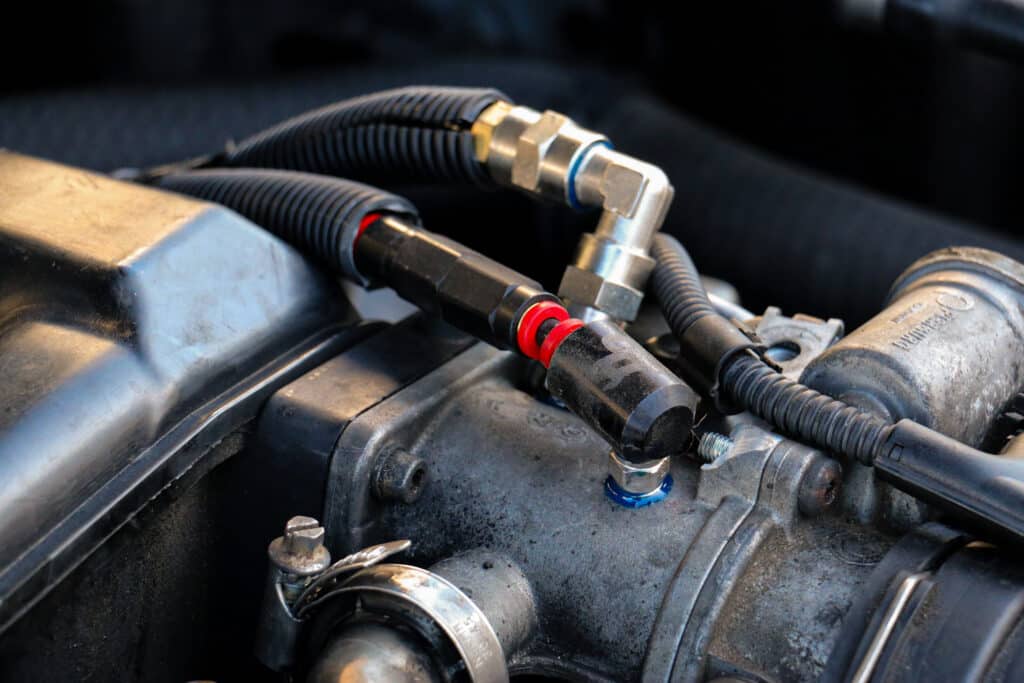
One thing that’s not part of the engine, but may still require some attention, is the transmission. A fully built 2JZ engine often necessitates an equally robust transmission.
Some tuners may offer a 2JZ crate engine and transmission package, reducing the risk of blowing it up on your first run down the drag strip.
Concluding Summary
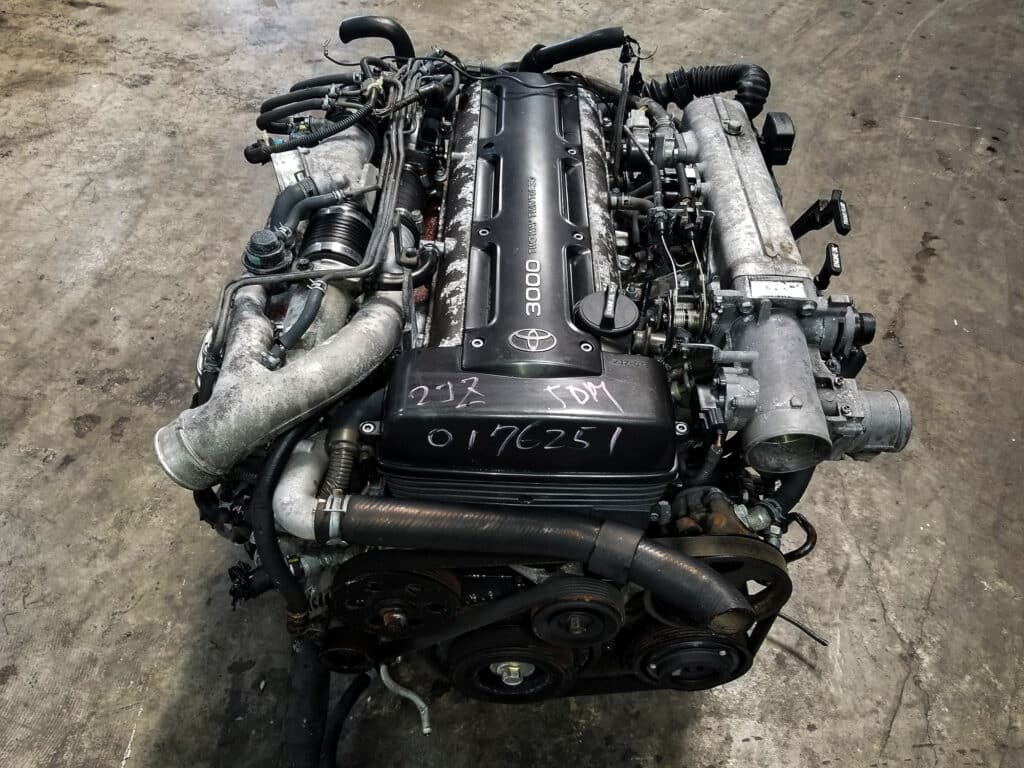
The journey from a stock 2JZ to a 1000 hp monster is a testament to the limitless potential that lies within this legendary engine.
Performance enthusiasts continue to push boundaries, and a 2JZ crate engine remains an indomitable force in the world of high-performance automotive engineering, whether it’s for time attack events or flying down the drag strip.
What are your thoughts on long-block 2JZ engines? Let us know down in the comments below!
